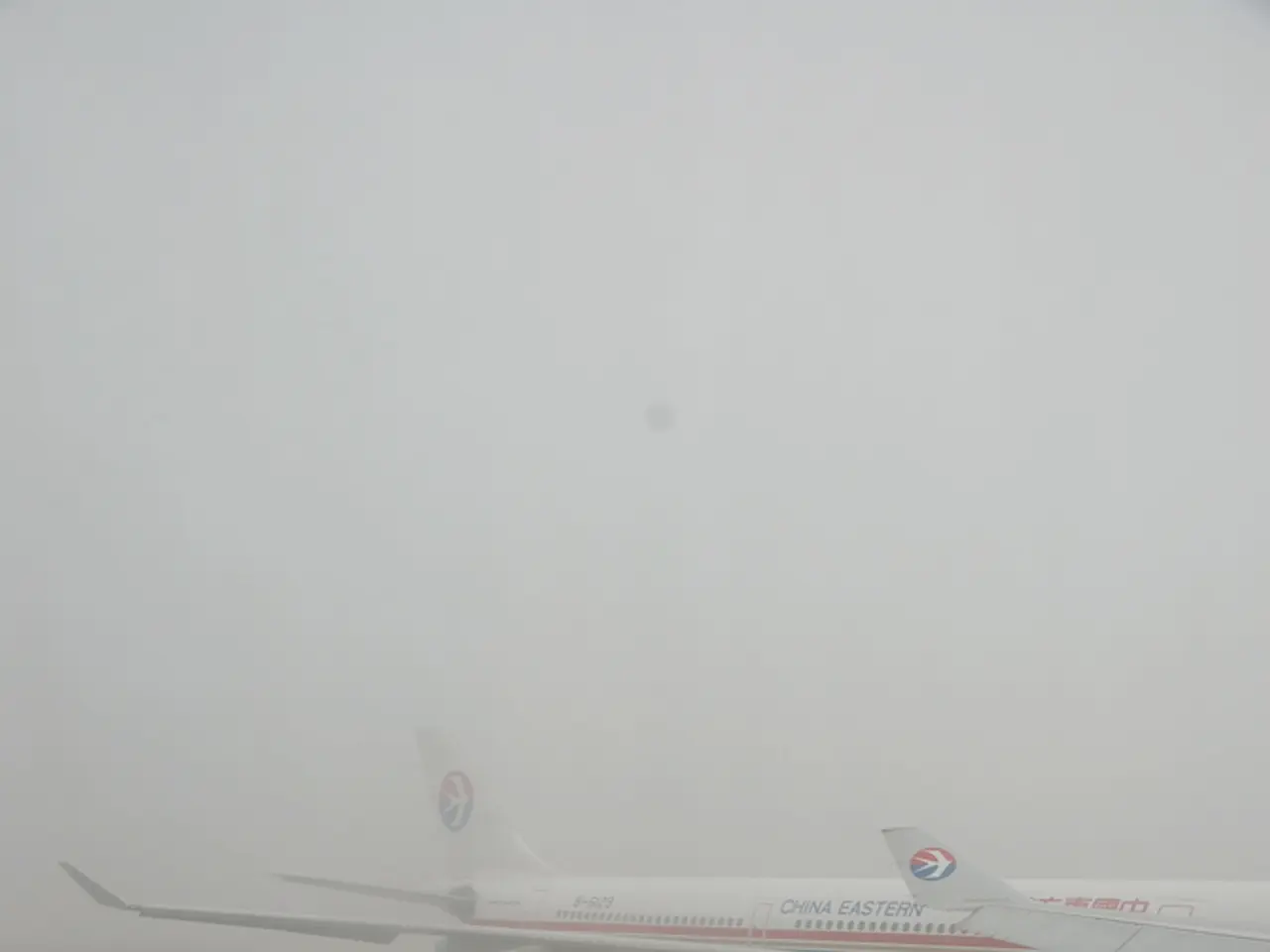Employing Aircraft for Runway Oversight to Avert Runway Overshoots
Airbus has taken a significant step towards enhancing aircraft safety with the introduction of the Braking Action Computation Function (BACF). This innovative system is designed to prevent runway overruns, particularly during adverse weather conditions.
BACF works by providing real-time, accurate assessments of braking action during landing. It does this by integrating data from multiple onboard sensors to optimize brake control and deceleration management. This system is crucial in improving safety margins on wet, icy, or contaminated runways.
The system contributes to overrun prevention in several ways:
- Dynamic Monitoring of Runway Surface Conditions: BACF monitors runway surface conditions dynamically through inputs like wheel speed sensors, brake temperature, and antiskid system feedback to evaluate the actual braking performance available.
- Automatic Adjustment of Brake Force Application: BACF adjusts brake force application automatically to maximize deceleration without causing wheel lockup or loss of control, particularly when adhesion is reduced by rain, ice, or snow.
- Precise Braking Performance Parameters: BACF provides pilots and onboard flight systems with precise braking performance parameters, allowing for better decision-making on approach speed, landing distance assessments, and rollout procedures.
- Integration with Thrust Reversers and Spoilers: BACF integrates with thrust reversers and spoilers to optimize braking efficiency synergistically.
The importance of BACF becomes evident when we consider that 25% of all runway excursions occur when rain, snow, or ice reduce an aircraft's deceleration capabilities during landing.
On December 8, 2005, an aircraft slid off the runway at Chicago-Midway while landing in a snowstorm and crashed into automobile traffic. This incident underscored the importance of accurate, real-time braking assessment and the role of Air Traffic Control in providing weather and runway condition information to flight crews.
BACF also allows the aircraft to share braking action information with air traffic controllers via radio. This practice leads to more accurate landing distance computations and provides air traffic controllers with up-to-date runway condition details to share with incoming aircraft.
In conclusion, BACF is another tool in the toolbox for avoiding runway excursions in the future. It is a testament to Airbus' commitment to safety and innovation, and it serves as a reminder of the importance of reliable information from air traffic controllers and airport services for runway overrun prevention.
[1] Airbus (2021). Braking Action Computation Function (BACF). Retrieved from www.airbus.com/aircraft/technology/braking-action-computation-function-bacf.html [2] Federal Aviation Administration (2018). Braking Action Advisories. Retrieved from www.faa.gov/airports/air_traffic/operations/braking_action/ [3] National Transportation Safety Board (2006). Aviation Accident Report: American Airlines Flight 331. Retrieved from www.ntsb.gov/aviationquery/brief.aspx?ev_id=20051208X02005&key=1 [4] NAVBLUE (2021). Braking Action Computation Function (BACF). Retrieved from www.navblue.com/products-and-services/aircraft-performance/braking-action-computation-function-bacf
Read also:
- Scheduling and Healing Process of Cataract Surgery Operations
- Leading Audiologists in Knoxville, Tennessee
- Study conducted by the Centre for Chronic Disease Control (CCDC) reveals that two-drug combination therapies are successful in enhancing blood pressure control among Indians.
- Contestants Engage in Government-Inspired Public Service Challenge






